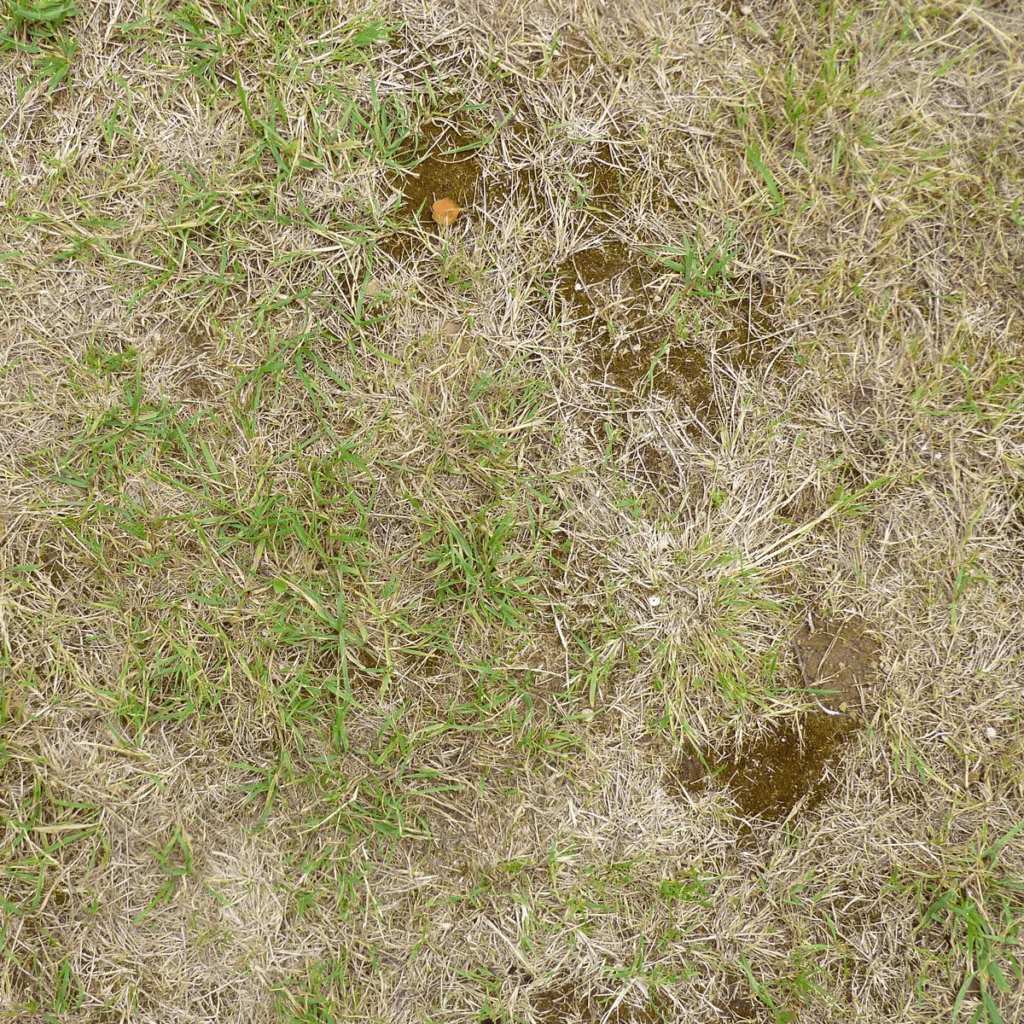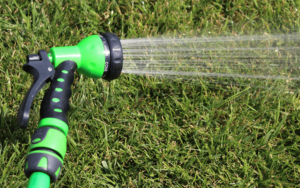A lush, green lawn is the goal for many Aussie homeowners, but maintaining it takes more than just mowing and watering. Lawn diseases can creep in quickly, especially when the weather swings between humid and dry — which happens a lot in Australia. Fungal infections, patches, and discolouration can ruin all the hard work you’ve put in, and if left unchecked, can damage your turf permanently.
The good news is, with the right approach, you can keep most lawn diseases at bay.
Know the Warning Signs Early
The first step in preventing lawn diseases is knowing what to look out for. Common symptoms include:
- Brown or yellow patches
- Discoloured rings or spots
- Thinning grass
- White, grey or black powdery growth on leaves
- Wet or slimy patches
These are often signs of fungal infections, which thrive in damp, poorly ventilated conditions. If you notice any of the above, it’s time to act quickly.
Mow Smart, Not Short

Scalping your lawn (cutting it too short) is one of the most common mistakes homeowners make. While you might think it means mowing less often, it actually puts your grass under stress and exposes the soil underneath, encouraging weed growth and fungal spores to settle in.
Stick to the one-third rule: never remove more than one-third of the blade height in a single mow. This keeps your grass strong and thick, and helps it recover more quickly if it does come under attack.
Also, sharpen your mower blades regularly. Dull blades tear grass rather than cutting it cleanly, leaving jagged edges that are more susceptible to infection.
Water Deeply, But Less Often
Watering might seem like a simple task, but doing it the wrong way can encourage disease. Frequent, shallow watering keeps the surface damp, which fungi love. Instead, water deeply and infrequently. This encourages deeper root growth and gives the surface time to dry out between watering.
Early morning is the best time to water your lawn. It gives your grass time to absorb moisture and dry off as the sun comes up. Avoid watering in the evening, as it leaves your lawn wet overnight — ideal conditions for fungal growth.
Improve Airflow and Drainage
If your lawn is shaded or the soil is compacted, it’s not getting enough airflow. This traps moisture and creates the perfect environment for disease. To fix this, try:
- Aerating your lawn once or twice a year. You can do this with a garden fork or a specialised aerator. It helps water and nutrients reach the roots, and reduces surface compaction.
- Removing excess thatch. A layer of thatch more than 1cm thick acts like a sponge, holding water and suffocating your lawn. Scarifying or dethatching helps reduce this build-up.
- Trimming back overhanging trees or shrubs. This allows sunlight and air to reach the grass, helping it dry out after watering or rain.
Feed Your Lawn Regularly
A well-fed lawn is a strong lawn, and stronger lawns are better at resisting disease. Applying a balanced lawn fertiliser throughout the growing season helps your grass develop deep roots and strong blades.
Just be careful not to overdo it — especially with nitrogen. Excess nitrogen promotes fast, lush growth, but this new growth is often weak and more vulnerable to disease. Stick to a slow-release fertiliser and follow the recommended application rates.
It’s also worth adding soil conditioners if your soil is lacking in nutrients or too acidic. Healthy soil is the foundation for healthy turf.
Choose the Right Grass Type for Your Area
Some lawn diseases are specific to certain grass types. For example, couch grass can be more prone to certain fungal problems, while buffalo varieties are generally more tolerant to shade and moisture.
When selecting grass, consider your local climate, soil type, and the level of use your lawn will get. Choosing a variety suited to your conditions will go a long way in reducing disease risks.
Also, keep in mind that native or drought-tolerant grasses are often more resilient and require less maintenance in the long run.
Keep an Eye Out During Risky Seasons

Lawn diseases tend to spike during late summer and early autumn when humidity is high. You might also see outbreaks in spring if you’ve had a lot of rain.
This means you’ll need to pay extra attention during these times — check for patches, keep your mower blades clean, and avoid watering late in the day. If you catch a problem early, you’ll be in a much better position to fix it without needing chemical treatments.
Regular Lawn Maintenance Makes All the Difference
In the end, prevention comes down to regular, attentive care. Lawns don’t require a lot of effort every day, but they do need consistency. Here’s a quick checklist to help you stay on top of things:
- Mow regularly, keeping to the correct height
- Water deeply in the early morning
- Aerate and dethatch annually
- Feed your lawn with the right fertiliser
- Choose turf varieties suited to your environment
- Keep mower blades clean and sharp
- Monitor your lawn during high-risk seasons
By following these simple but effective steps, you’ll make it much harder for lawn diseases to get a foothold.
Final Thoughts
Lawn care doesn’t have to be complicated, but it does require paying attention to the little things. Many common lawn diseases in Australia can be avoided by improving drainage, adjusting watering habits, and maintaining a healthy growing environment.





